Alvaro Jaramillo on birding
Editor’s Note: Golden Gate Bird Alliance members may be familiar with Alvaro Jaramillo from the pelagic and international birding trips he leads through his business, Alvaro’s Adventures. But Alvaro, born in Chile, also writes the “Identify Yourself” feature for Bird Watcher’s Digest and authored the new American Birding Association Field Guide to Birds of California. He will be featured in three events at the Monterey Bay Birding Festival in September. In preparation, Alvaro was interviewed by the festival’s Debbie Diersch. This interview is reprinted with permission from The Albatross, the newsletter of the Santa Cruz Bird Club.
Q: Alvaro, what do you want readers to know about you?
As far as birding goes, I’m different from some of the other people who are interested in bird ID and distribution because the main person I’m interested in reaching is the beginner or intermediate birder. It’s all about communicating this type of info to beginners/intermediate birders. I want them to know that it’s not all difficult or about trying to become skilled. When you put it in a way that makes it fun and simple, you don’t need to be a biologist to figure it out. I want to communicate to the every person.
As a young birder I was highly competitive. Let’s do a big day, keep a year list, but there came a time when it seemed empty. We have these wonderful birds, and it’s much richer than competition. Just enjoy the breeze, have a good dinner with friends, and make it the best it can be.
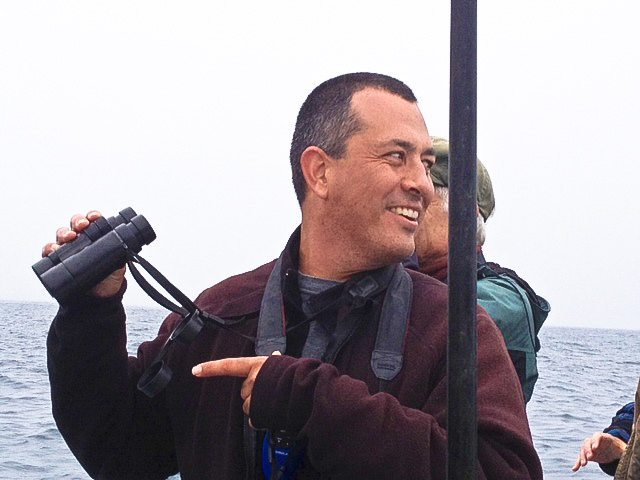
Q: What do you find most fascinating about birds and birding?
It’s the most versatile and unending kind of endeavor you can get into. You can do everything else while you bird. You can even play tennis and bird at the same time. It adds to almost anything else you can do. Birds take you to places that are amazing. We go out on the bay and see killer whales as well as birds. You might not have gotten there if you weren’t going for the birds in the first place. I can’t imagine any other pastime you can have that is more fluid, diverse, and rich, and that adds another element to of life in this way.
Q: Why did you decide to write the American Birding Association Field Guide to Birds of California and what makes it special?
That’s an interesting story… I wrote other books on orioles and blackbirds, but it has a really small fan base. I didn’t feel like I reached very many people. My next book was a field guide to birds in Chile that reached a lot of people. It changed their contact with nature. But you cannot go to the bookstore and find these books because they are too discrete. Someone asked me if I would consider writing the California bird book. So here was the opportunity to write it for every person. It would be sold at the local bookstore and everyone would find it useful. I wrote it in a voice that simplified it. Such as the most basic way to find a bird, learn where it lives, see an amazing photo, and finally start getting it. This book distills it down enough for beginning and intermediate birders.
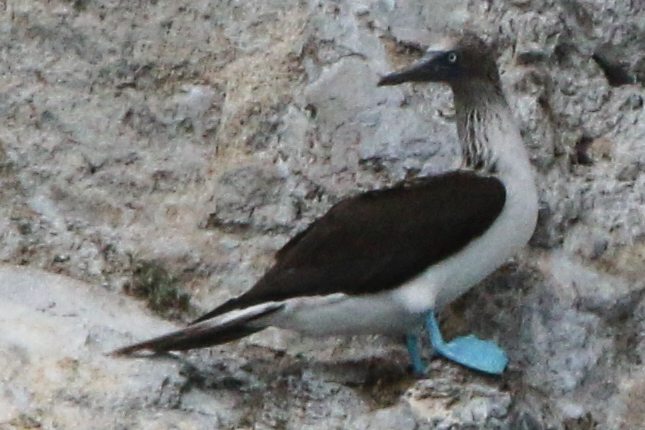
Q: Are you working on any other books?
Yes, Birds of Patagonia, which will be a standard birding guide. I’m also thinking about doing a book that focuses exclusively on gulls, and makes it simple to the extreme. People think gulls are the most difficult birds to identify and won’t even try, but it’s not necessarily so. This book is still in the thinking phase. Maybe a few years out.
Q: What will you speak about at the Monterey Bay Birding Festival?
Something I would love to talk about is living in a unique time when things are rapidly changing, and we can watch it changing. I’d like to share my story of a trip through weird warm water—“the warm water blob.” I’ll be looking at what the birds are reacting to, positive/negative, a bit of both. You can be an explorer because every year is different; you’re charting it and tracking it. You can try to find the answer to what’s happening with our birds and where it is all heading.
Q: Will you be bringing your books to sell and sign at the festival?
Yes, if that’s okay with the festival, I would like that.
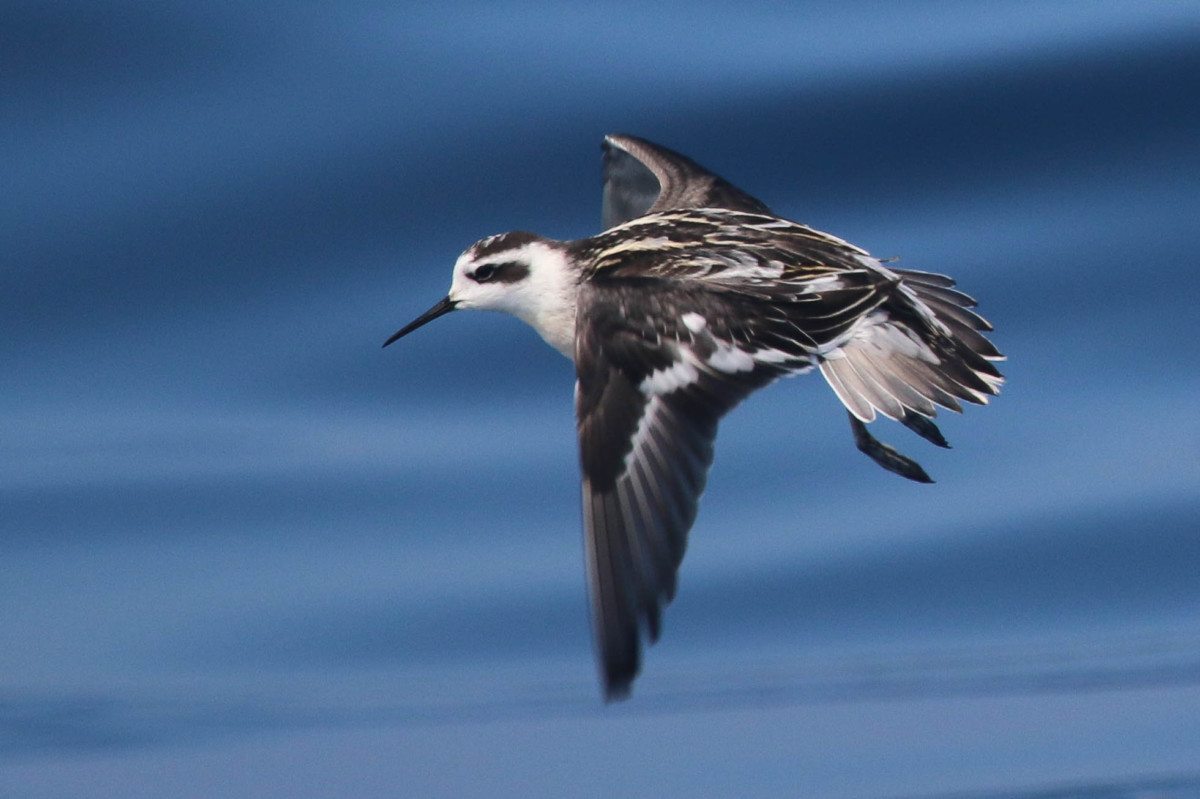
Q: What of particular interest do you expect to see on your pelagic field trips?
Monterey Bay is the key attraction. It’s the bay itself. The Monterey Bay is a very deep water canyon. We have two places like that in the Americas, and Monterey Bay is THE ONE! It is as unique as going to the plains of Africa or Antarctica; there is no other place like it. When we go out to see the ocean birds, we’ll also see whales, dolphins, and other sea life. Let’s go and see what’s out there. I know Monterey Bay will show us so many wonderful things!
Q: Have you been involved with the festival before and, if so, in what way?
Yes, about 10 years ago. I gave talks and bird walks. It was fun, a great experience, and I’m looking forward to being a part of it again. This is a great opportunity to bring people from all over the continent to see the birds and the bay. There are thousands and thousands of people who don’t realize the amazing birds and nature we have here. If you want to go on a pelagic trip you know this is the place! The festival needs to be huge because the place is huge, and the birds are huge. It’s the best time of the year to be here, and we need to reach out to get people here. The festival has a role in this.
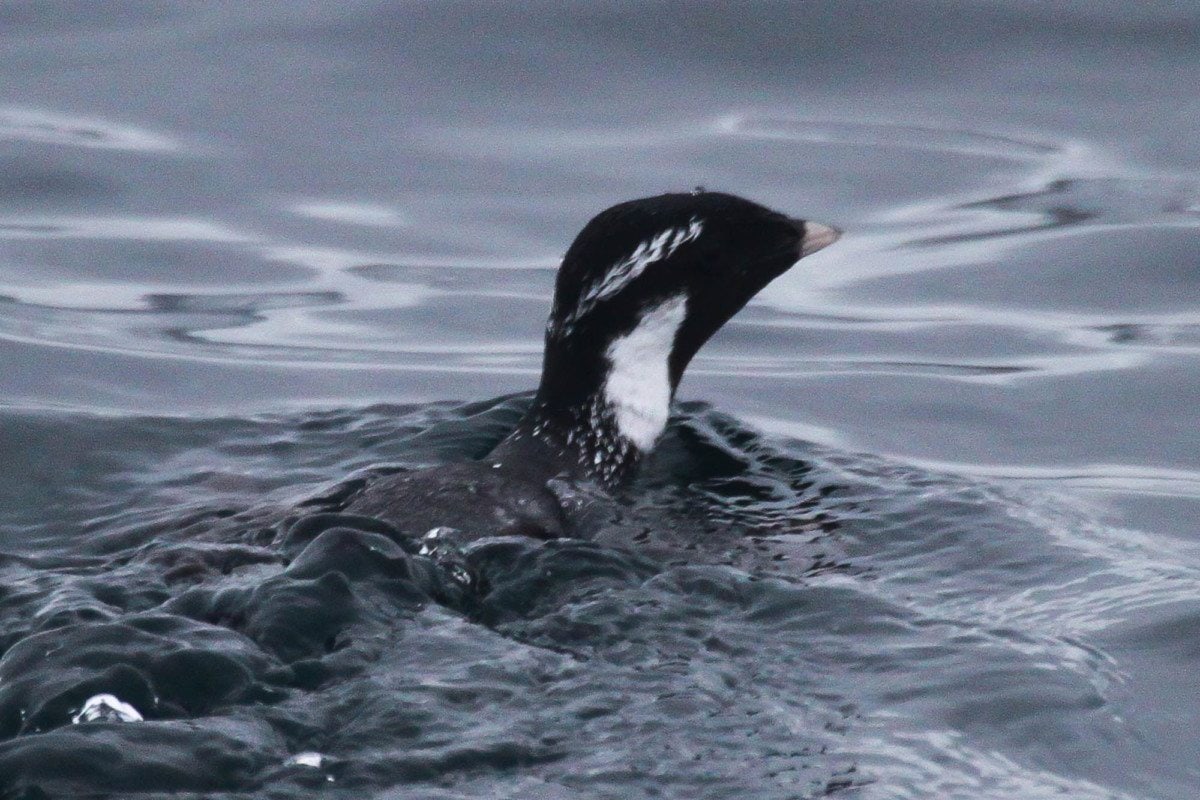
Q: Do you expect bird watching to evolve in future years and, if so, what kinds of activities will people be most interested in?
Yes, it will evolve. I think people will be interested in having real experiences, seeing something happening right there and you connect with it. It could be seeing a migrating or rare bird. It’s about connecting with a time and place and situation. This is so real to me that it replaces a lot of things that are virtual and fleeting. You have to be there, in the moment, to get the real effect of birding. If you want to see these birds, whales, etc., you have to come to the Monterey Bay. More people who are birders are trying to get that connection. Sometimes it’s through photography. Documentation of these events is becoming more important than listing. We’re going to realize that the experiences are so important that birding will shift from lists to documentation with photos and videos. It parlays to a broader picture that is conservation science. More and more average people will take up birding and will see it’s not weird. They’ll look in their back yards and pay attention to the birds that they didn’t even know existed or that didn’t seem accessible to them. As soon as acceptance gets into it, we’ll see more and more birders. It’s the whole experiential thing that people are looking for.
Birders become birders in three different times of their life; when they’re older, right after college, or when they’re kids. The older birders typically get into it because they have more time, but for kids, it’s when someone sparks it for them. Most kids don’t get to see birds or understand them at all. Sometimes people go a little too far with binoculars or how to use the scope. This can be too complex for the kids to really get into. Just go to the local pond and look at the ducks or go to the beach and watch the gulls or go to the feeder and watch those birds. Tell the kids stories about them. Make it less complex. Try visiting a place where they rehabilitate injured raptors, do bird banding, or provide other opportunities to make it real for the kids.
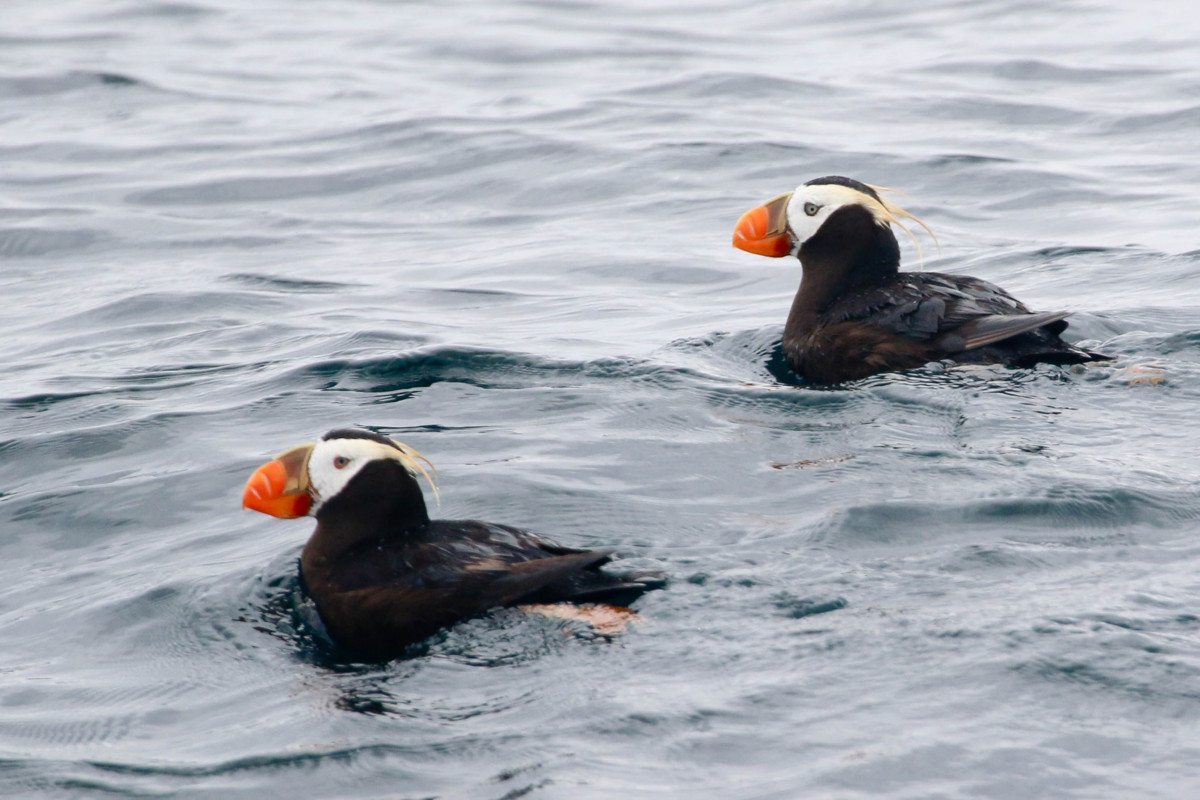
Q: What is your objective when you take people out birding?
I take people birding to all different parts of the world to have fun. It’s a birding vacation. The idea is to go out to see great places, great birds, and great wildlife as a way to have a traveling vacation through birds. The goal is to have the experience more than to build a big list of birds. Although that will happen, too. I want people to go see the birds, but also to get to see and experience so much more. Birding used to be the most important thing at the expense of everything else. But that sort of experience appeals to only a certain number of people or at a certain time of their lives.
Q: Any final thoughts?
Put out a message to anyone who has never actually gone birding ever and wonders, “Is this for me?” I would say, “Just dive in.” Once a person finds birding they never leave it.
2016 Monterey Bay Birding Festival Events with Alvaro Jaramillo
Friday, September 23, 2016, from 7:00 pm to 8:30 pm – Presentation on Birding the Blob: Effects of Weird Warm Weather and the Drought on Birds.
Includes book signing of Alvaro’s book – American Birding Association Field Guide to Birds of California.
Saturday, September 24, 2016, Full-day Pelagic Field Trip
Sunday, September 25, 2016, Half-day Pelagic Field Trip *
*Note: If you’ve never gone on a pelagic trip or have a tight Sunday schedule, Alvaro is offering the unusual opportunity of a half-day Sunday trip to launch your ocean experience.
The Monterey Bay Birding Festival takes place from September 23 through 25, 2016. For more information please visit montereybaybirding.org or send an email to montereybaybirdingfestival@gmail.com.
If you can’t wait until September, Alvaro’s Adventures offers pelagic trips and trips to the Farallon Islands starting in July. Be sure to request the discount that he offers to Golden Gate Bird Alliance members! You can also find other pelagic trip providers with GGBA discounts on our Field Trips web page.
